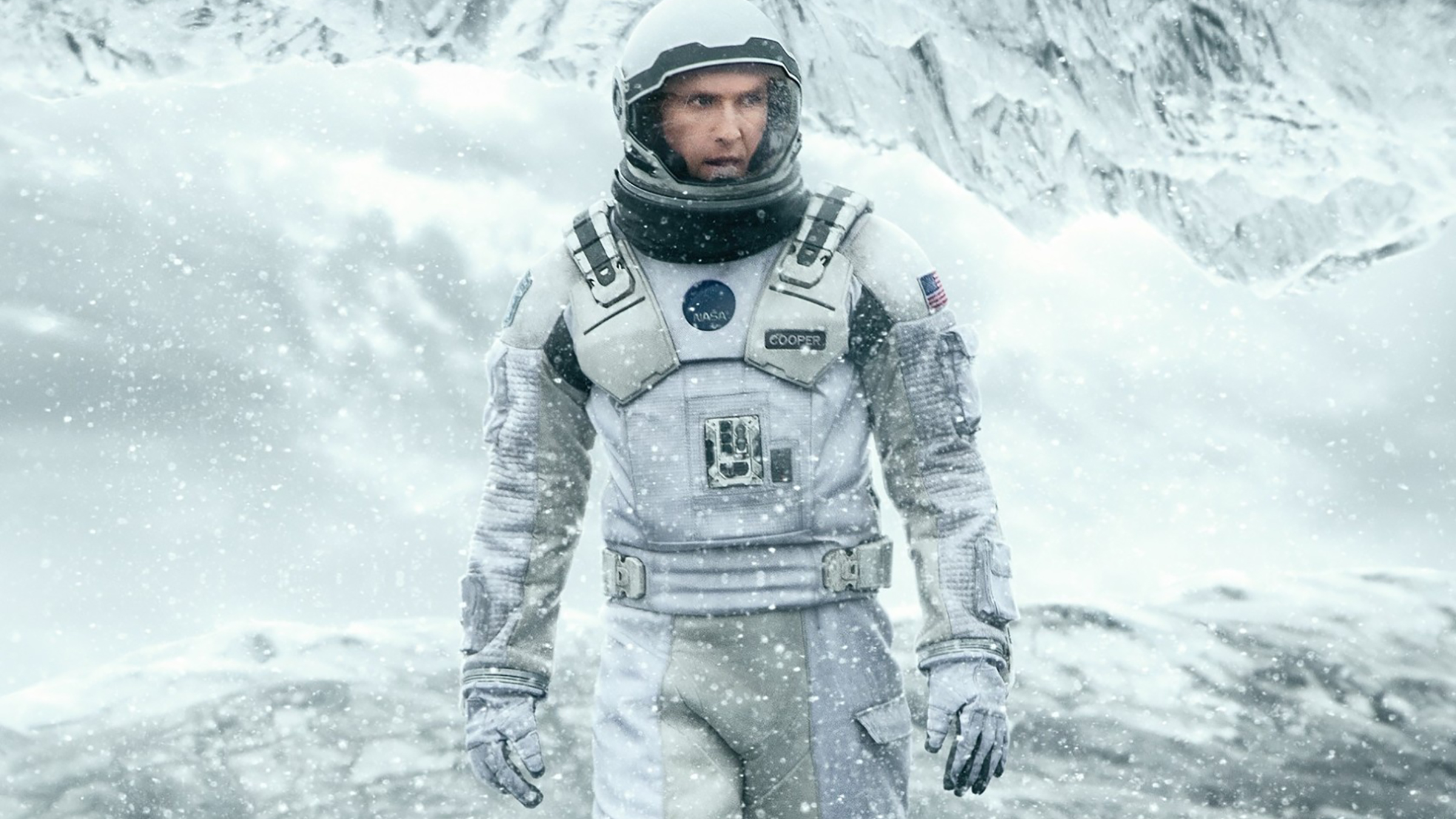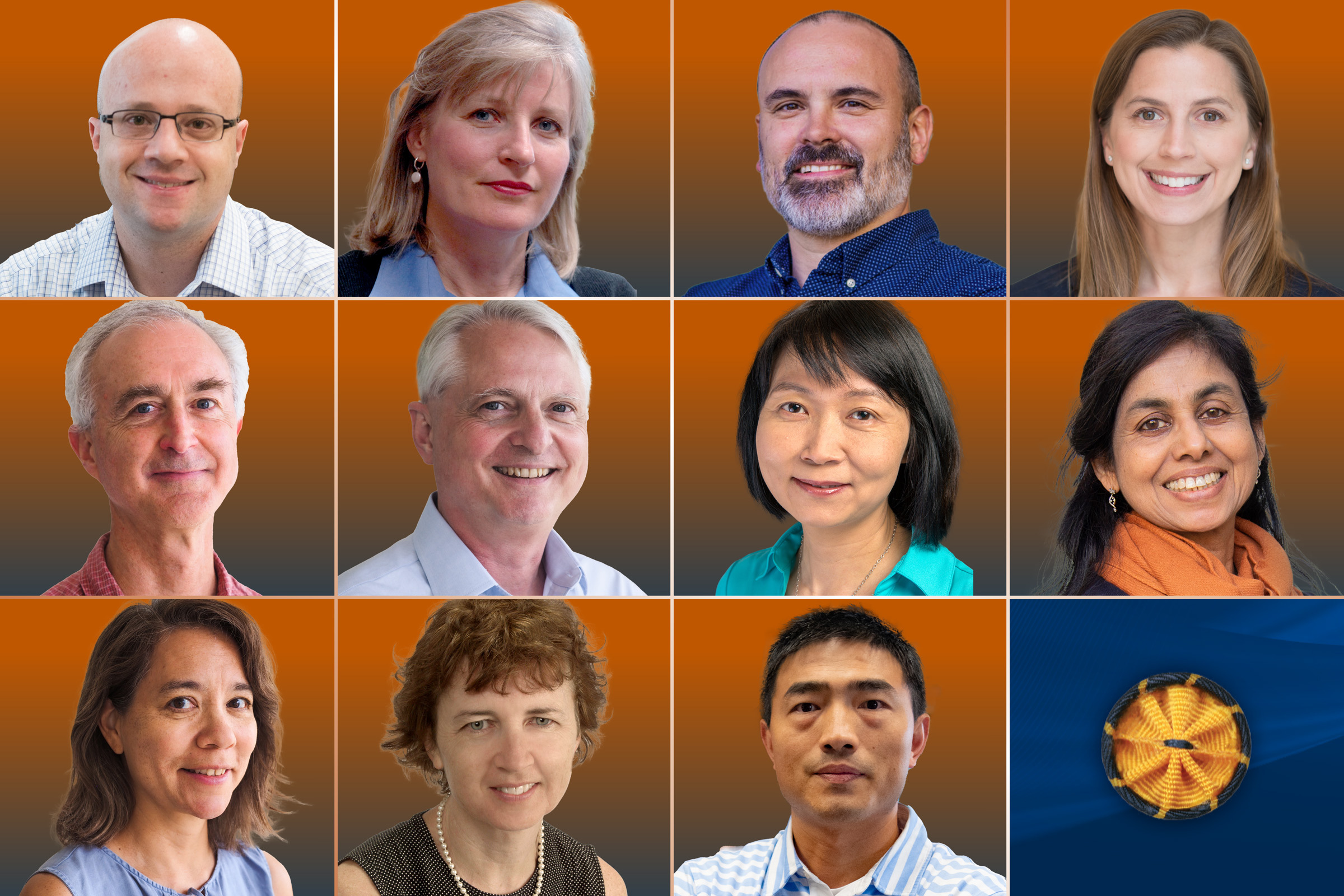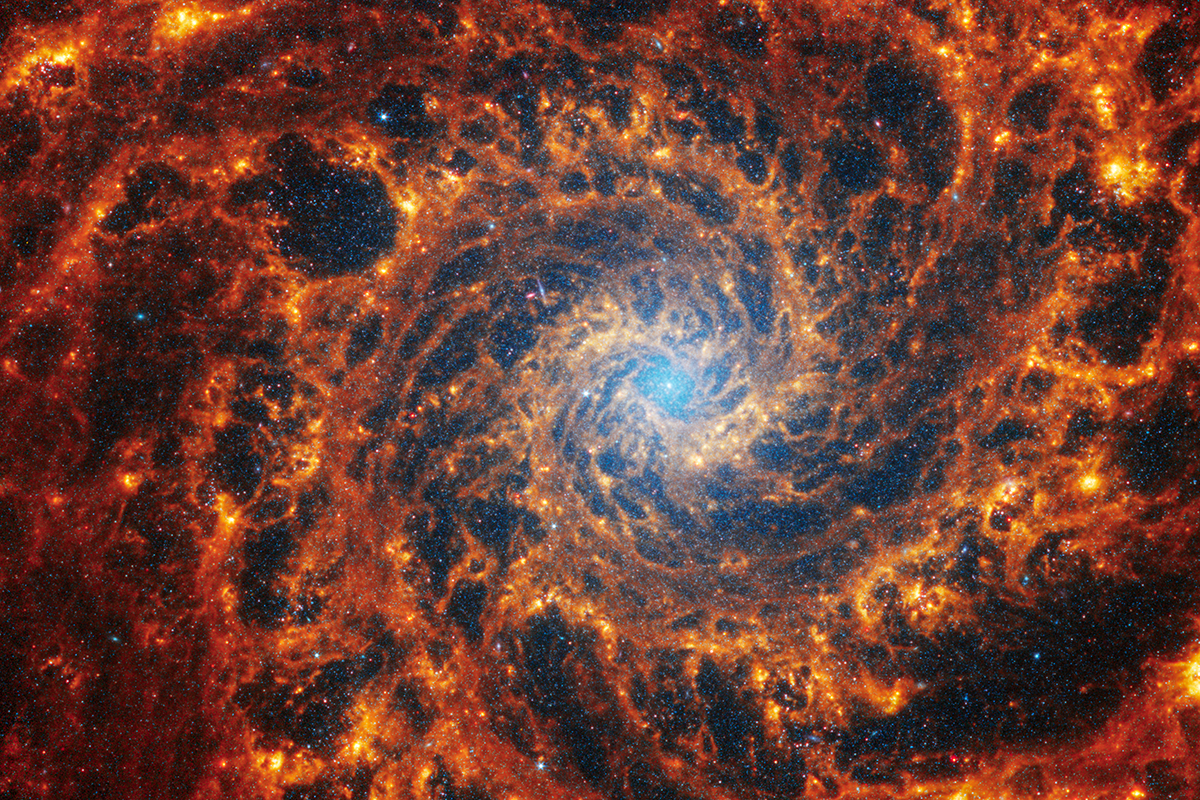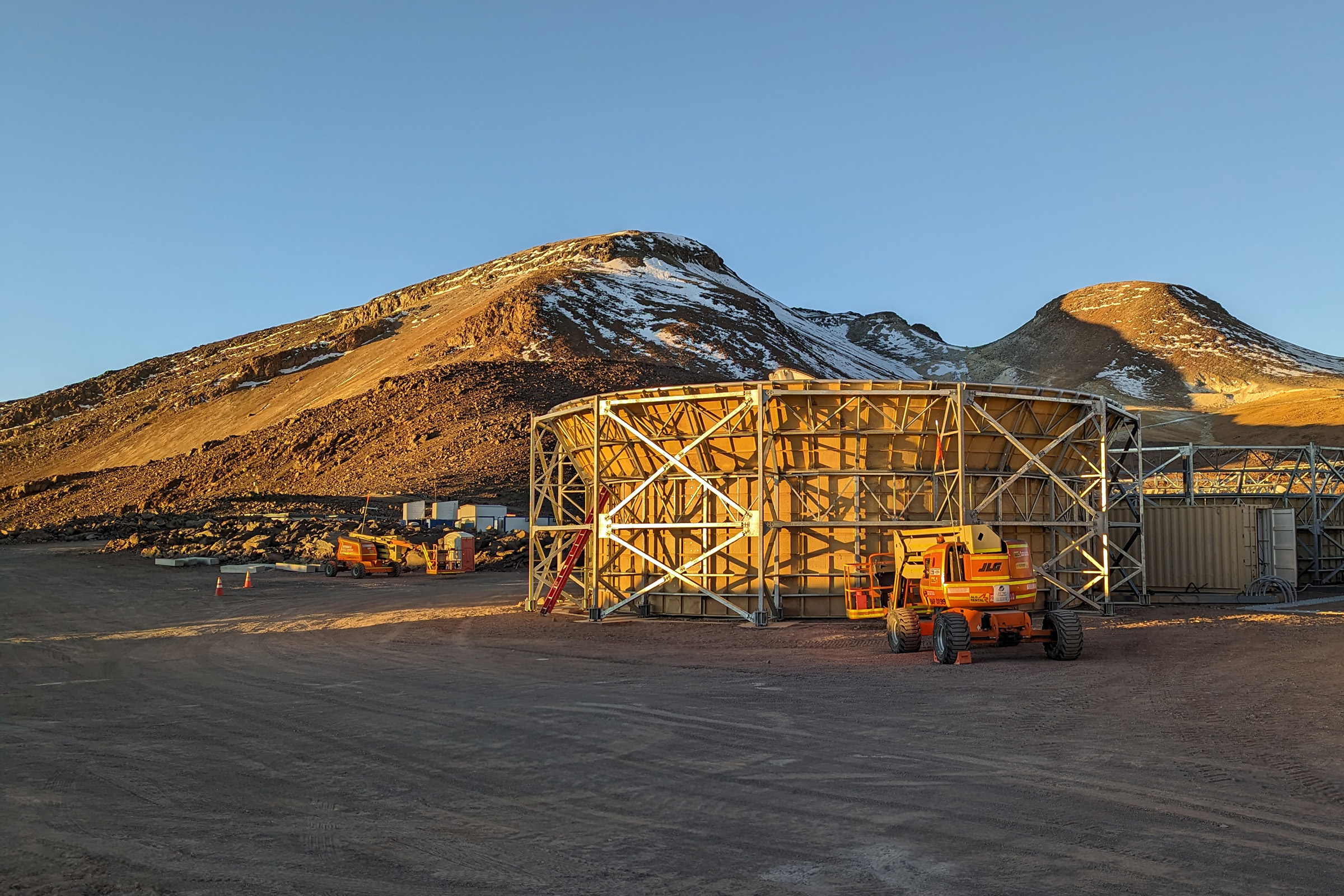Bringing Real Science to the Big Screen
Scientist Kip Thorne talks with his former graduate student Bill Press about what it's like to work on a major Hollywood film.

What's it like for a scientist to work as an advisor on a major Hollywood film? In this first of a two-part conversation, Kip Thorne talks with his former graduate student Bill Press about the impact that a film like Interstellar can have on the public, balancing scientific accuracy and entertainment and what winning the Nobel Prize really says about a scientists' worth. (BTW, Interstellar star Matthew McConaughey is also a UT Austin alum and [update as of August 2019] member of the faculty.)
Show Notes
Tune in to part two of this conversation to learn more about the rather famous scientific family tree that both Press and Thorne belong to, as well as what gravitational waves mean for the future of astronomical research.
Special thanks to the family of Bryce DeWitt and Cécile DeWitt-Morette for their involvement in bringing Dr. Thorne to Austin for the inaugural Cécile Dewitt-Morette Memorial lecture in 2018. Watch a video of that lecture: https://youtu.be/0ypzGfHXHlw
Music for today's show was produced by Podington Bear and used via a Creative Commons license.
TRANSCRIPT
KT: At the beginning, when I started working with Christopher Nolan I proposed to him that there should be nothing in this movie that violates well-established physical laws, and all the speculations should come from science. His response was, "I think that's a great goal, to the extent that it does not get in the way of making a superb movie."
MA: This is Point of Discovery, the podcast that takes you behind the front lines of science. Today we're eavesdropping on a conversation between two world-class scientists, in the first of a two-part episode. The conversation is between two long-time friends and colleagues—Bill Press and Kip Thorne. Two things you should know about Bill are that he is a computational biologist at the University of Texas at Austin—and that he was Kip's PhD student at CalTech in the 1970s. He's asking the questions today. Two things you should know about Kip are that he won a Nobel Prize in Physics for his work that helped lead to the discovery of gravitational waves—and that he was a science advisor for the 2014 Hollywood blockbuster Interstellar.
MA: Before we turn it over to Bill Press and Kip Thorne, let's hear from another UT Longhorn, Matthew McConaughey, the star of Interstellar:
[Interstellar clip: dramatic scene in which Matthew McConaughey sacrifices himself to save the mission.]
Cooper: "Okay, CASE, nice reckless flying."
CASE: "I learned from the master. Ranger 2, prepare to detach."
Brand: "No, no, Cooper! What are you doing?"
Cooper: "Newton's Third Law. You gotta leave something behind."
Brand: "You told me we had enough resources for both of us."
Cooper: "We agreed Dr. Brand … 90 percent. Detach."
MA: Here's Kip Thorne – science advisor for Interstellar.
KT: … through a science fiction movie, particularly a blockbuster like Interstellar, we can reach a far larger audience than I could reach as a professor. You're not educating the audience very much about the science, but you can perhaps inspire the audience about the science, so that's what I think the role of a movie like Interstellar is. We sold roughly a hundred million tickets worldwide, so that's a lot more than a classroom of thirty students at CalTech.
BP: How does Hollywood view science? Is it just a way to sell tickets to a certain group of people, or do you think they really have some commitment?
KT: I think there's a great diversity of views about science in Hollywood. In my one experience thus far, on the movie Interstellar, I found that everyone I encountered who was working on the project was enthusiastic about making a movie steeped in real science. From the guy who would park my car when I arrived on set, who would comment that it was wonderful how I was the science advisor on this, to the studio executives. ... The actors, Jessica Chastain. The only thing she talked about on the red carpet at the world premiere, was about how wonderful it was playing a theoretical physicist.
BP: Do you count her as one of your students?
KT: [laughs] No.Let's just say that for a brief period of time, she was a groupie of mine and for a very long time, I've been a groupie of hers.
BP: [laughs]
BP: In that kind of popular science, you have to make compromises. The people walking on the cloud crystals may not have been a high point of realistic science. How did you weigh that in your mind?
KT: So there were things that surprised me in that movie when I saw the first cut, that I had not had the chance to weigh in on, and that was included. … At the beginning, when I started working with Christopher Nolan, I proposed to him that there should be nothing in this movie that violates well-established physical laws, and all the speculations should come from science. His response was, "I think that's a great goal, to the extent that it does not get in the way of making a superb movie. And if you don't like what I do with the science, you don't have to defend me in public." So we went on from there and very quickly built a great working relationship in terms of brainstorming on science, and he made compromises with the science only in places where we couldn't find, and only on a few occasions, when we could not find some way out of it. There's one scene, the trip through the wormhole, that's not based on real [cough] propagation of light through a hypothetical wormhole but is based on artistic license. So compromises were made, but the number of compromises compared to a typical science fiction film was very, very small.
MA: Kip Thorne shared the 2017 Nobel Prize in Physics with two other scientists for their work that contributed to the discovery of gravitational waves. These are waves in the fabric of space and time caused by the collision of extremely massive objects like black holes and neutron stars, that fan out through the universe like ripples on a pond. It took decades of dreaming and raising money and building the equipment for the LIGO experiment—and the hard work of thousands of scientists and engineers—to finally detect gravitational waves. But Nobel Prizes for any one discovery can only be given to, at most, three people.
KT: It's a crapshoot whether you get a Nobel Prize or not, typically. For working scientists, it's not a very clean measure of a scientist's worth. The scientists who I most value and whose work I most value, don't have Nobel Prizes. … It was pretty obvious to me when gravitational waves were discovered that there would be Nobel Prizes given for it. I didn't expect that I would get one, and I wasn't doing it because of an expectation of a Nobel Prize, but I was doing it because it was fun, and because I thought it would have a big impact on the future of science.
BP: Another part of large projects is the continued advocacy that is required, because these are funded ultimately by US taxpayers over many, many years, many, many budget cycles. You're certainly credited with a lot of that advocacy work.
KT: So I am pretty good at communicating science, and that comes in part out of being a child in the Mormon church and giving two and a half minute talks to adults a couple of times a year. That was in the culture I grew up in. That, plus experience on the debate squad in high school. So I came out of a culture and a high school experience with some skill at presentation and argumentation. ... And I think that was probably my biggest contribution to LIGO, being the primary person doing the advocacy in the earlier years.
MA: In Part 2 of this conversation, we'll learn more about the rather famous scientific family tree that both Press and Thorne belong to, as well as what gravitational waves mean for the future of astronomical research.
MA: Point of Discovery is a production of the University of Texas at Austin's College of Natural Sciences. Our senior producer is Christine Sinatra. Special thanks to Bill Press and Kip Thorne for today's conversation, and to the family of Bryce DeWitt and Cécile DeWitt-Morette for their involvement in bringing Dr. Thorne to Austin for the inaugural Cécile DeWitt-Morette Memorial lecture. A video of that lecture, which has a lot more great stories from the world of physics, is on our website, pointofdiscovery.org, where you'll also find today's music credits. I'm your host and producer Marc Airhart. Thanks for listening!



